Cameras and Sensors for Embedded Vision
WHILE ANALOG CAMERAS ARE STILL USED IN MANY VISION SYSTEMS, THIS SECTION FOCUSES ON DIGITAL IMAGE SENSORS
While analog cameras are still used in many vision systems, this section focuses on digital image sensors—usually either a CCD or CMOS sensor array that operates with visible light. However, this definition shouldn’t constrain the technology analysis, since many vision systems can also sense other types of energy (IR, sonar, etc.).
The camera housing has become the entire chassis for a vision system, leading to the emergence of “smart cameras” with all of the electronics integrated. By most definitions, a smart camera supports computer vision, since the camera is capable of extracting application-specific information. However, as both wired and wireless networks get faster and cheaper, there still may be reasons to transmit pixel data to a central location for storage or extra processing.
A classic example is cloud computing using the camera on a smartphone. The smartphone could be considered a “smart camera” as well, but sending data to a cloud-based computer may reduce the processing performance required on the mobile device, lowering cost, power, weight, etc. For a dedicated smart camera, some vendors have created chips that integrate all of the required features.
Cameras
Until recent times, many people would imagine a camera for computer vision as the outdoor security camera shown in this picture. There are countless vendors supplying these products, and many more supplying indoor cameras for industrial applications. Don’t forget about simple USB cameras for PCs. And don’t overlook the billion or so cameras embedded in the mobile phones of the world. These cameras’ speed and quality have risen dramatically—supporting 10+ mega-pixel sensors with sophisticated image processing hardware.
Consider, too, another important factor for cameras—the rapid adoption of 3D imaging using stereo optics, time-of-flight and structured light technologies. Trendsetting cell phones now even offer this technology, as do latest-generation game consoles. Look again at the picture of the outdoor camera and consider how much change is about to happen to computer vision markets as new camera technologies becomes pervasive.
Sensors
Charge-coupled device (CCD) sensors have some advantages over CMOS image sensors, mainly because the electronic shutter of CCDs traditionally offers better image quality with higher dynamic range and resolution. However, CMOS sensors now account for more 90% of the market, heavily influenced by camera phones and driven by the technology’s lower cost, better integration and speed.
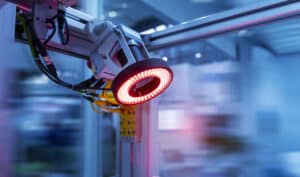
Unlocking Smarter, More Efficient Computer Vision Systems: A Technical Deep Dive into ST’s New 5MP CMOS Image Sensors
This blog post was originally published at STMicroelectronics’ website. It is reprinted here with the permission of STMicroelectronics. STMicroelectronics is officially unveiling its newest 5-megapixel image sensor series – comprising the VB1943, VB5943, VD1943, and VD5943 models part of ST BrightSense portfolio – raising the bar for applications such as security, robotics and machine vision.

Changes to the Management Board of Basler AG
Long-standing CEO Dr. Dietmar Ley is stepping down at the end of the year. His successor will be the current CCO/COO Hardy Mehl. External appointment to the CTO position by Dr. Kai Jens Ströder. Ahrensburg, October 30, 2025 – The Supervisory Board of Basler AG announces changes to the Management Board. The contract of CEO

Greater China MEMS Industry On the Rise: Consumer Leads the Way
This market research report was originally published at the Yole Group’s website. It is reprinted here with the permission of the Yole Group. In its latest analysis, Yole Group examines how the Greater Chinese MEMS ecosystem is expanding across the consumer, automotive, industrial, medical, defense, and telecom markets, with continued growth driven by strong local
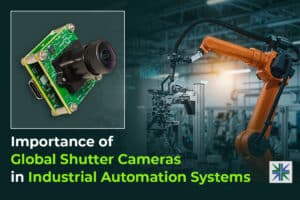
Importance of Global Shutter Cameras for Industrial Automation Systems
This blog post was originally published at e-con Systems’ website. It is reprinted here with the permission of e-con Systems. Maintaining image clarity is a critical part of industrial automation. However, not all sensors deliver the required consistency across different conditions. Learn how global shutter cameras help perform industrial automation tasks, their use cases, and
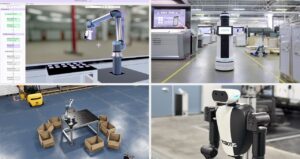
NVIDIA Contributes to Open Frameworks for Next-generation Robotics Development
This blog post was originally published at NVIDIA’s website. It is reprinted here with the permission of NVIDIA. At the ROSCon robotics conference, NVIDIA announced contributions to the ROS 2 robotics framework and the Open Source Robotics Alliance’s new Physical AI Special Interest Group, as well as the latest release of NVIDIA Isaac ROS. This
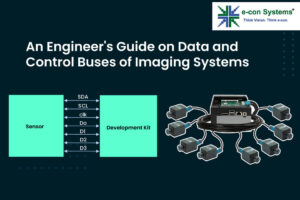
An Engineer’s Guide on Data and Control Buses of Imaging Systems
This blog post was originally published at e-con Systems’ website. It is reprinted here with the permission of e-con Systems. Communication protocols are a key consideration for high-resolution, high-frame-rate imaging in embedded vision applications. In this blog, we’ll explore how control and data buses enable seamless transmission and timely, synchronized imaging for high-performance embedded applications.
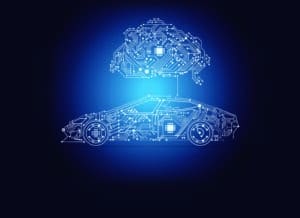
AI Drives the Wheel: How Computing Power is Reshaping the Automotive Industry
This market research report was originally published at the Yole Group’s website. It is reprinted here with the permission of the Yole Group. In its new report, Automotive Computing and AI 2025, Yole Group analyzes the technological and market forces redefining vehicle intelligence, safety, and connectivity. The automotive industry is accelerating into a new era
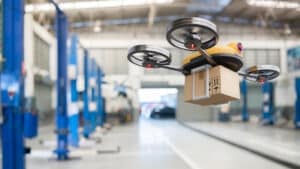
FRAMOS Unveils Three Specialized Camera Modules for UAV and Drone Applications
Munich, Bavaria, Germany – October 21st, 2025 – FRAMOS, the world’s leading vision expert, unveils three new camera modules specially developed for use in drones and unmanned aerial vehicles (UAVs). These modules feature state-of-the-art image sensors from SONY, which offer exceptional precision, high speed, and energy efficiency, creating the ideal conditions for demanding vision systems.

ST Introduces New Image Sensors for Industrial Automation, Security and Retail Applications
Four new 5MP image sensors allow customers to optimize image capture with high speed, high detail with a single, flexible product instead of two chips New device family is ideal for high-speed automated manufacturing processes and object tracking New sensors leverage market-leading technology for both global and rolling shutter modes, with a compact 2.25µm pixel
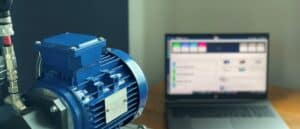
NanoEdge AI Studio v5, the First AutoML Tool with Synthetic Data Generation
This blog post was originally published at STMicroelectronics’ website. It is reprinted here with the permission of STMicroelectronics. NanoEdge AI Studio v5 is the first AutoML tool for STM32 microcontrollers capable of generating anomaly data out of typical logs, thanks to a new feature we call Synthetic Data Generation. Additionally, the latest version makes it

